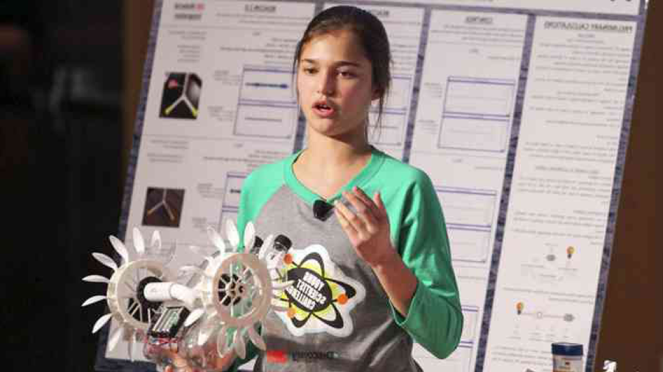
The Solar System | The Suburbs Module Outline
SUB.A | Next Stop, Mars!
We’re off to Mars and the middle of our Solar System as we head out and away from Sol and the ‘tropical’ part of our home space – come on!
SUB.B | Mars
The Red Planet. Little Green Men. Mars has loomed large in our collective imaginations forever, but what’s it really like and are we really going to take vacations there in the future?
SUB.D | The Asteroid Belt
The Asteroid Belt is fast becoming one of the Solar System’s hottest spots! Between tracking potential threats to Earth, to trapping asteroids for resource mining, asteroids are hot properties in lots of ways.
SUB.E | All That Gassss
Out past Mars we come to some of the most beautiful and most mysterious planets in our neighborhood – planets that have massive storms, gorgeous rings, incredible mountain ranges and moons galore!
SUB.G | Saturn
Saturn is one of the most distinctive, beautiful and easily recognizable planets in our Solar System, thanks to those famous rings, but guess what? There’s a lot more to Saturn than bling!
SUB.H |Goodnight Moons
How many moons ARE there careening around our planets? Astronomers think life off Earth may be much more likely on one of the moons of our Solar System than on other planets, so let’s take some time to learn which is which. Have fun exploring!
SUB.J | Neptune
As blue as the sea, that’s Neptune. One of the furthest out of our neighbors, Neptune is distant, hostile, windy and incredibly cold, but deep blue and beautiful. Have a look!
SUB.K | Lesson Quizzes, Games & Bonus Questions
We’ve taken an amazing journey now, through the Solar System and out to the furthest reaches of our home in the universe. Let’s see what you’ve learned!













